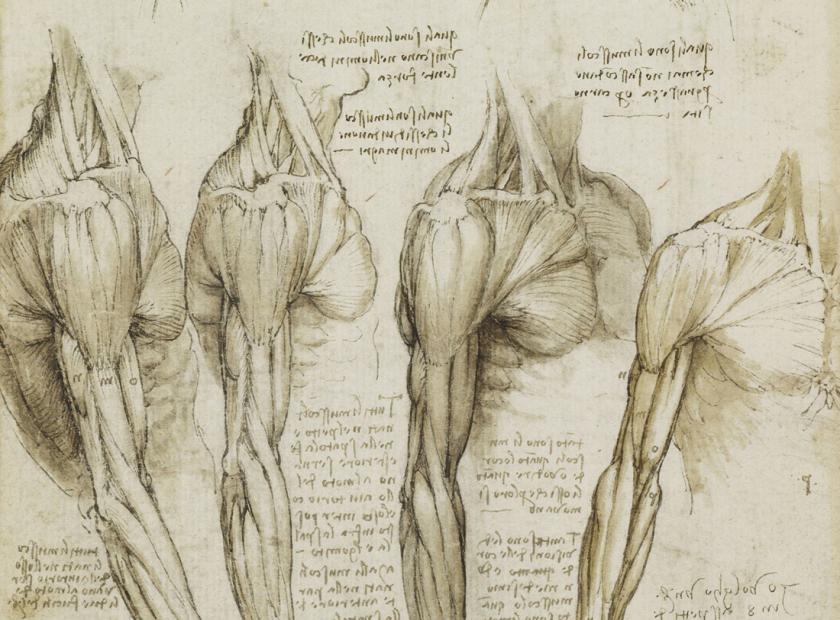When Leonardo da Vinci went for a job in Milan, he wrote ahead mentioning his bridge-building skills and then turned up at court with a lyre he had made in the shape of a horse’s skull. But had he finished compiling his illustrated treatise on the human body - said Alastair Sooke in this Edinburgh Culture Show special - it would have been as a scientist, rather than as an artist, that he would have been remembered for centuries.
Some of the hundreds of anatomical drawings he made are on show at the Queen’s Gallery, Holyrood House now, many on loan from Windsor Castle, having passed from a 16th-century Italian collector to Charles II and down the royal line. Observers recognised their importance but as Martin Clayton, curator of the Royal Collection Trust, said in Leonardo da Vinci – The Anatomist: “They knew they were impressive, but they didn’t know why they were impressive.”
The drawings go beyond scientific interest to aestheticism
Sooke set out to find out why the drawings matter, first putting himself through an MRI scanner, then donning a surgical gown and getting stuck in (without a flicker, it has to be said) at a dissection at the University of Glasgow. Peering unflinchingly as the scalpel peeled away the tendons of a left foot, he found them to be just as represented by Da Vinci, who dissected “only 30” or so corpses. Surgeon Francis Wells of Papworth Hospital considered the Da Vinci drawings more useful than anything in a standard textbook during his studies. And it was Da Vinci, centuries before others, who demonstrated that the heart had four chambers.
The thoroughness of his dissections apart, the exceptional quality of Leonardo’s anatomical drawings appears to lie in his observation of the human form not at rest, but in motion. With the aid of Scottish Ballet dancer Erik Cavallari, Sooke saw that the pen-and-ink sketches investigated not a single muscle in isolation, but its action with others. So the neck inclines as the arm is raised; the calf thickens as the heel is lifted. Da Vinci’s models are posed and rotated, and it is at this point that the drawings go beyond scientific interest to aestheticism.
Da Vinci has a reputation for flitting. He abandoned his anatomical treatise to paint The Last Supper and to design a dome for Milan cathedral. He went back to anatomy, but by the time of his death at 67 in 1519, his magnum opus was still unpublished. Some of his notes were in his mirror writing, which Martin Clayton attributes to his being left-handed: “It was easier to pull the pen than to push it.”
Sooke, moved by the drawing of a foetus with its red chalk flush, confided that he is about to become a father. He gazed at a 1489 drawing of a skull as though it were the baby, fascinated and awe-struck. This awe is easy to share when confronted with the sheer volume and range of Da Vinci’s work, his mysteriousness and his restlessness. And yet not for the first time, you come away from an exposition on Leonardo thinking, if only he would have finished more things ….















Add comment